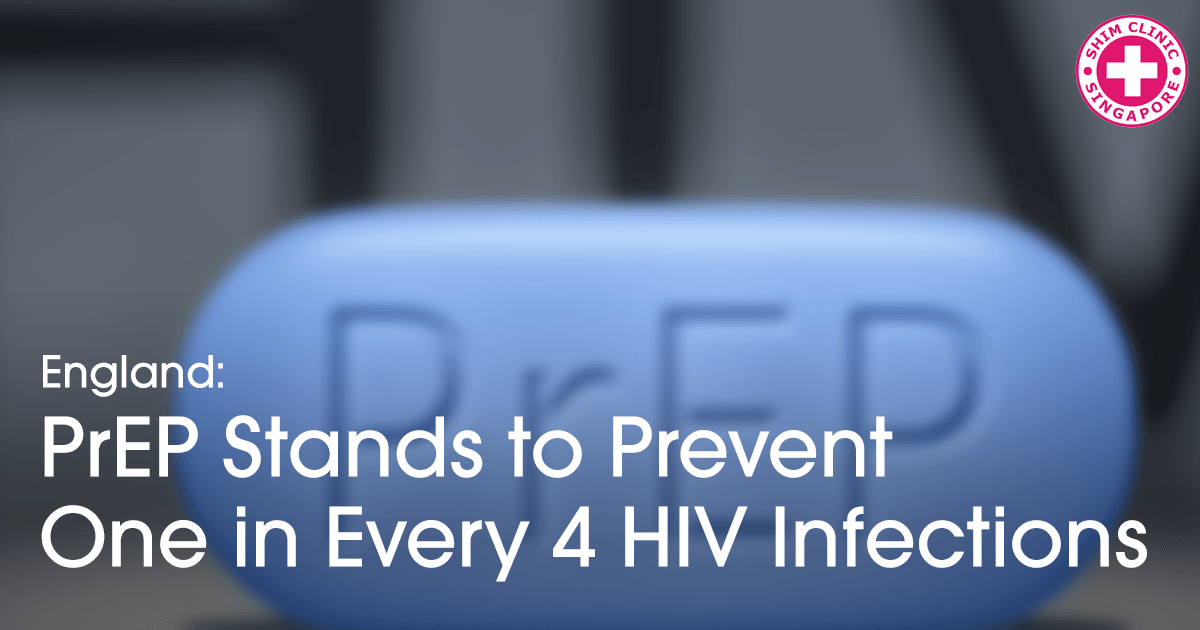A recent study by the University College London has found that offering HIV pre-exposure prophylaxis (PrEP) will prevent HIV in at least 1 in every 4 cases.
HIV PrEP is also believed to have huge potential of reducing the risk of getting infected with HIV especially among men who have sex with other men (MSM). By reducing this risk, the National Health Service (NHS) could save a lot money in the long-term.
PrEP Explained
HIV PrEP is an oral pill that combines 2 antiretroviral drugs. The two are emtricitabine and tenofovir. The drug is currently selling under the brand name Truvada. PrEP is supposed to be taken daily before any sexual activity and works by blocking HIV from getting into the person’s blood stream. Aside from HIV PrEP, another effective preventive option, HIV PEP, is a medication that one can consider if there was a suspected exposure to the HIV virus within the last 72 hours.
There are numerous studies that support the effectiveness of HIV PrEP if it is taken the correct way. The drug has a 99% efficiency rate.
The drug is however, quite expensive limiting its access to those that need it most. There have been calls to have the drug available on the NHS (National Health Services) in most countries.
Currently, PrEP is available via the NHS in Scotland but in England the NHS is still hesitant to make it available. A court ruling however, compelled NHS England to fund PrEP and is currently running trials to see the efficacy of the drug. The trial involves 10,000 people in the high risk populations.
The NHS in Wales has also started running PrEP trials in Wales. Hopefully the drug will made available cheaply after the trials are over to increase accessibility.
PrEP Increases National Cost Effectiveness
The study available in The Lancet Infectious Diseases journal, focused on whether it would be more cost-effective to do a national PrEP roll-out or not.
The study compared two situations. In the first scenario PrEP was unavailable and in the second scenario PrEP was available with people taking an average of 5 tablets each week for approximately 4 years.
The study made the assumption that PrEP was offered to men who were HIV negative and had had condom free anal sex in the last 3 month. It was also assumed that these men tested HIV negative the previous year.
In 2016, when the study began, there were an estimated 725,200 MSMs in the UK. Out of these, 585,000 were aged between 15 and 64 years old and of these, 8,400 to 12,200 were considered to be at high risk of HIV infection and eligible to use PrEP in the UK in 2016.
The researchers anticipate that about 4,000 men would start taking PrEP after the first year of the rollout. By year 5 the number would increase to 16,000 men and a further 38,900 men by year 15.
The researchers also predicted that though the initial cost of rolling out the drug would be high, after about 40 years of the PrEP national rollout the drug would become hugely cost effective.
The researchers made a prediction that by dropping the current cost of HIV PrEP, it would could mean the NHS could enjoy the benefits of the PrEP programme in 20 years. The NHS could save approximately £1 billion over time by making PrEP more accessible.
As the benefits of HIV PrEP, both health-wise and financially, get to be exposed, it’s about time government agencies and concerned parties took notice and start making the drug as easily accessible as possible.

